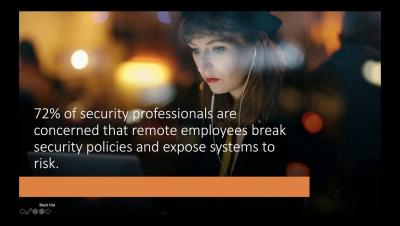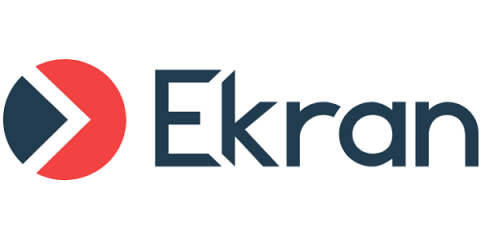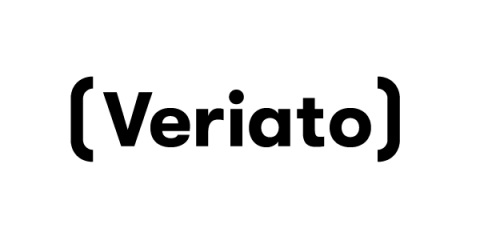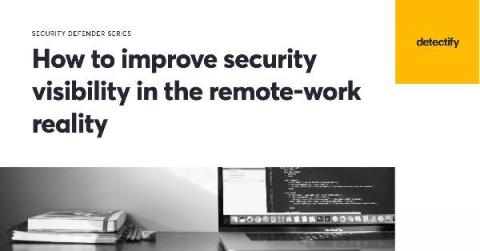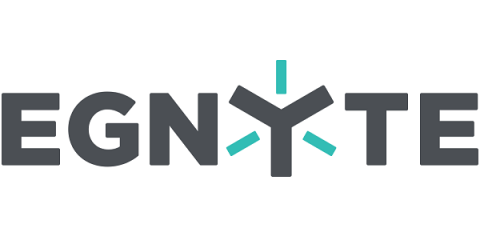Security | Threat Detection | Cyberattacks | DevSecOps | Compliance
February 2021
AppSec Bites Part 3: Has the New Virtual Reality Created Opportunities for AppSec?
Over the past several months, many organizations have had to shift their operations to a fully digital platform. This sudden shift was more challenging for some industries, like government, than other industries, like technology. And aside from having to adapt to fully remote operations, many organizations were also subject to tighter budgets, forcing them to become more efficient.
Industrial Remote Access: Why It's Not Something to Fear
Increased uptime? Check. Better access to outside expertise? Check. Improved first-time-fix rate? Check. These are just some of the benefits of industrial remote access. Yet many customers are reluctant to embrace remote access. Not only that, but incidents such as the breach at the Oldsmar water utility might increase organizations’ reluctance to use remote access.
5 Tips for Building a Culture of Security Among Remote Employees
People-centric Security for Remote Workers
Employee Productivity Solution For Remote Workers
Remote work gives employees the opportunity to avoid lengthy commutes and work more flexible schedules. It also allows employers to reduce overhead costs and hire from a larger pool of applicants since employees no longer need to live locally to qualify. But of course, there are some downsides to remote work as well. There are far more distractions at home, so many remote workers find it difficult to stay focused during work hours.
Security Defender Insights: Improving security visibility in the remote-work reality
This edition of Detectify Security Defenders Insights focuses on best practices on how not to lose security visibility in 2021: For many small to mid-sized tech organizations, security visibility is an increasing challenge. 2020 was the true catalyst to their tech transformation from all in-house to suddenly working from home. This meant a pressured effort to make sure security was top-of-mind especially now that everyone was literally out-of-sight.
Top 5 Construction Technology Trends to Watch in 2021
The construction industry is not unfamiliar with disruption. In 2008, the Construction Engineering Index plunged 68 percent. Firms that survived the financial crisis that year faced severe margin pressure – dropping from 5 percent in 2007 to 1 percent by 2010. The industry had to act fast and looked for more innovative ways to cut costs and boost profitability. The industry had to act fast and looked for more innovative ways to cut costs and boost profitability.


